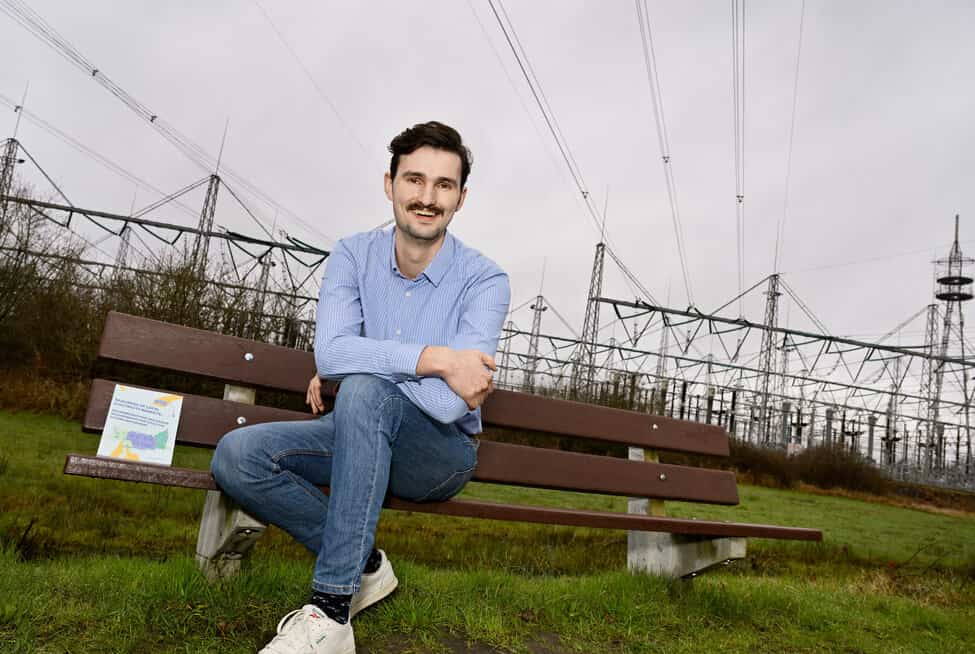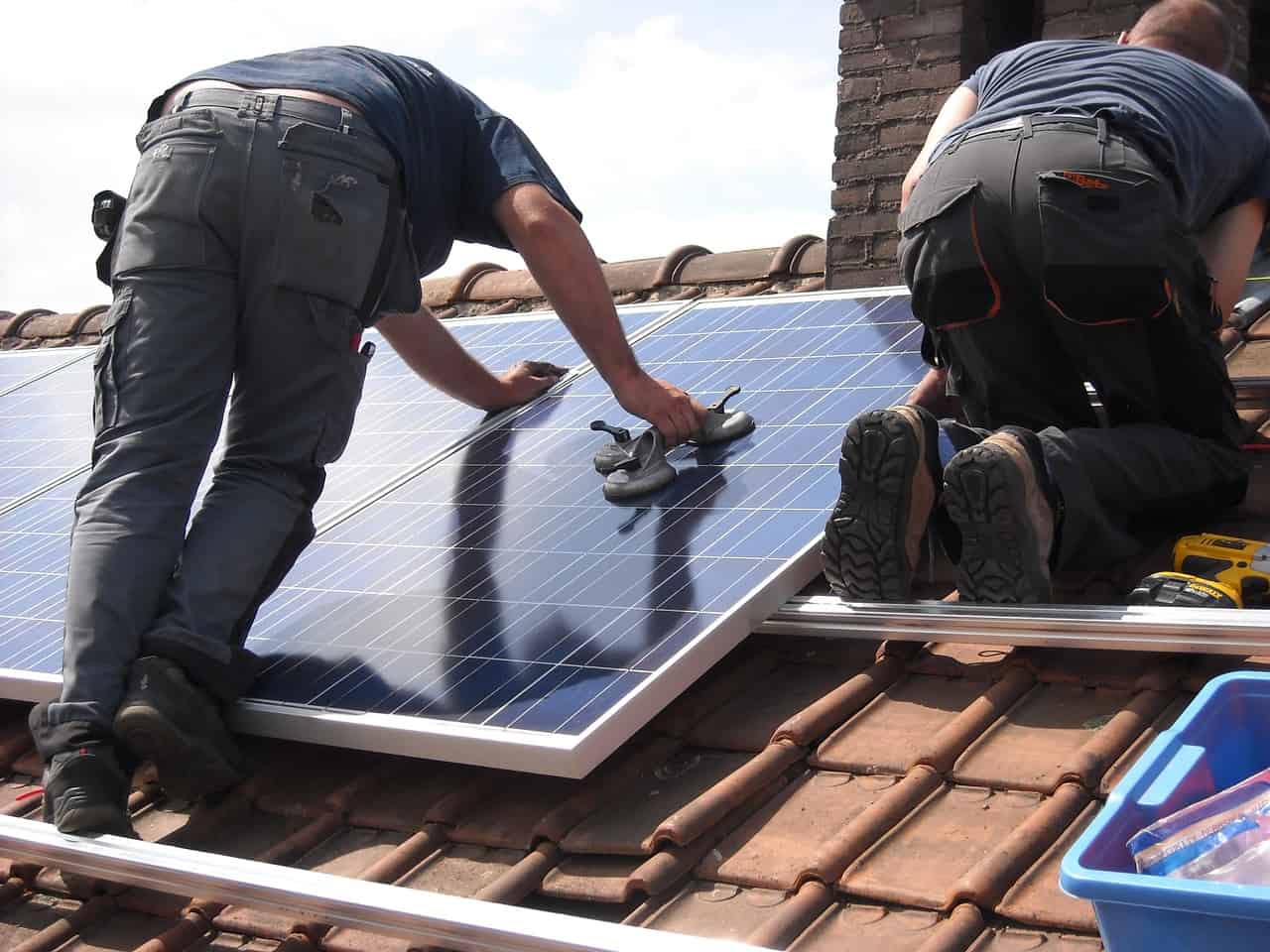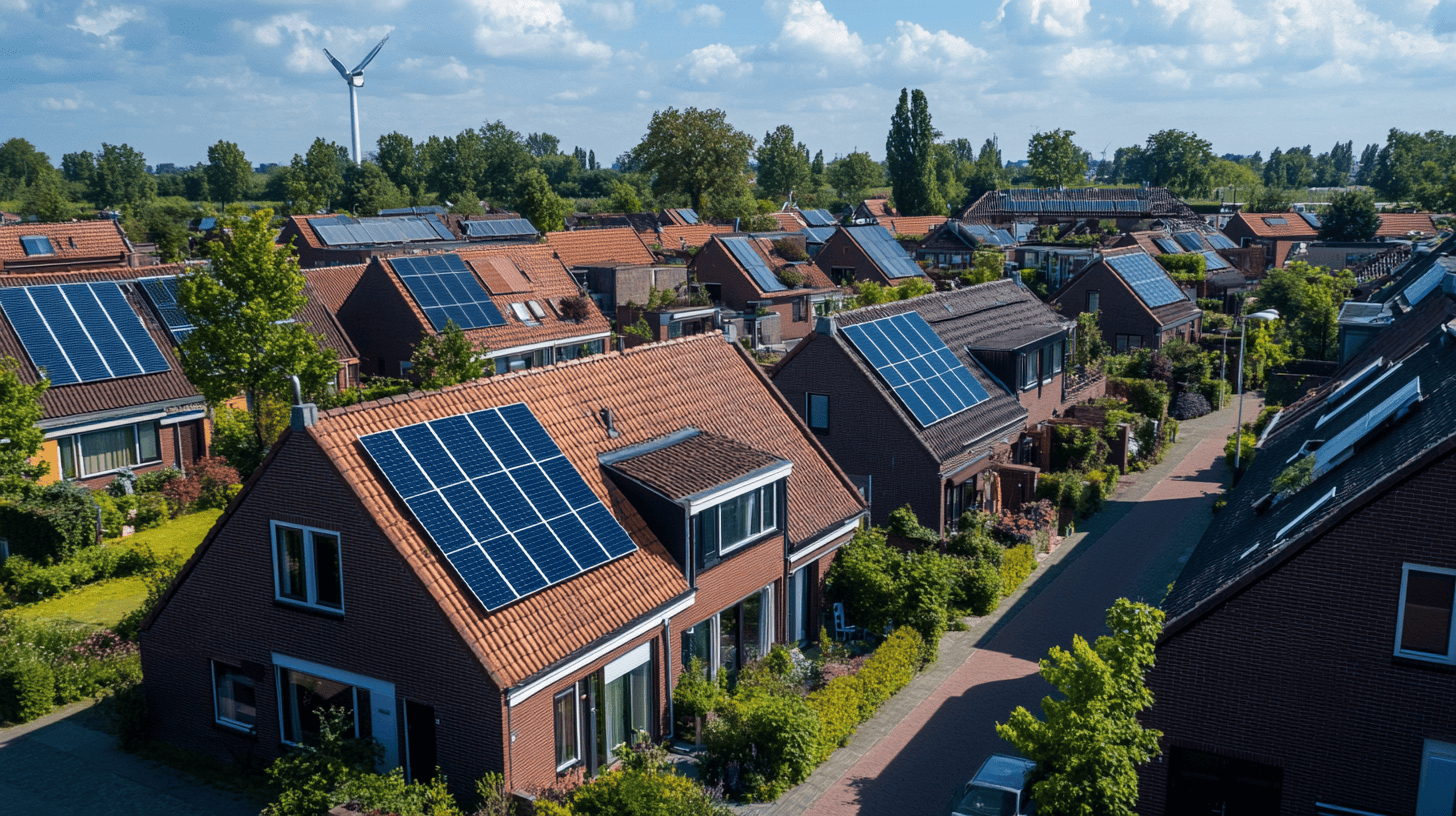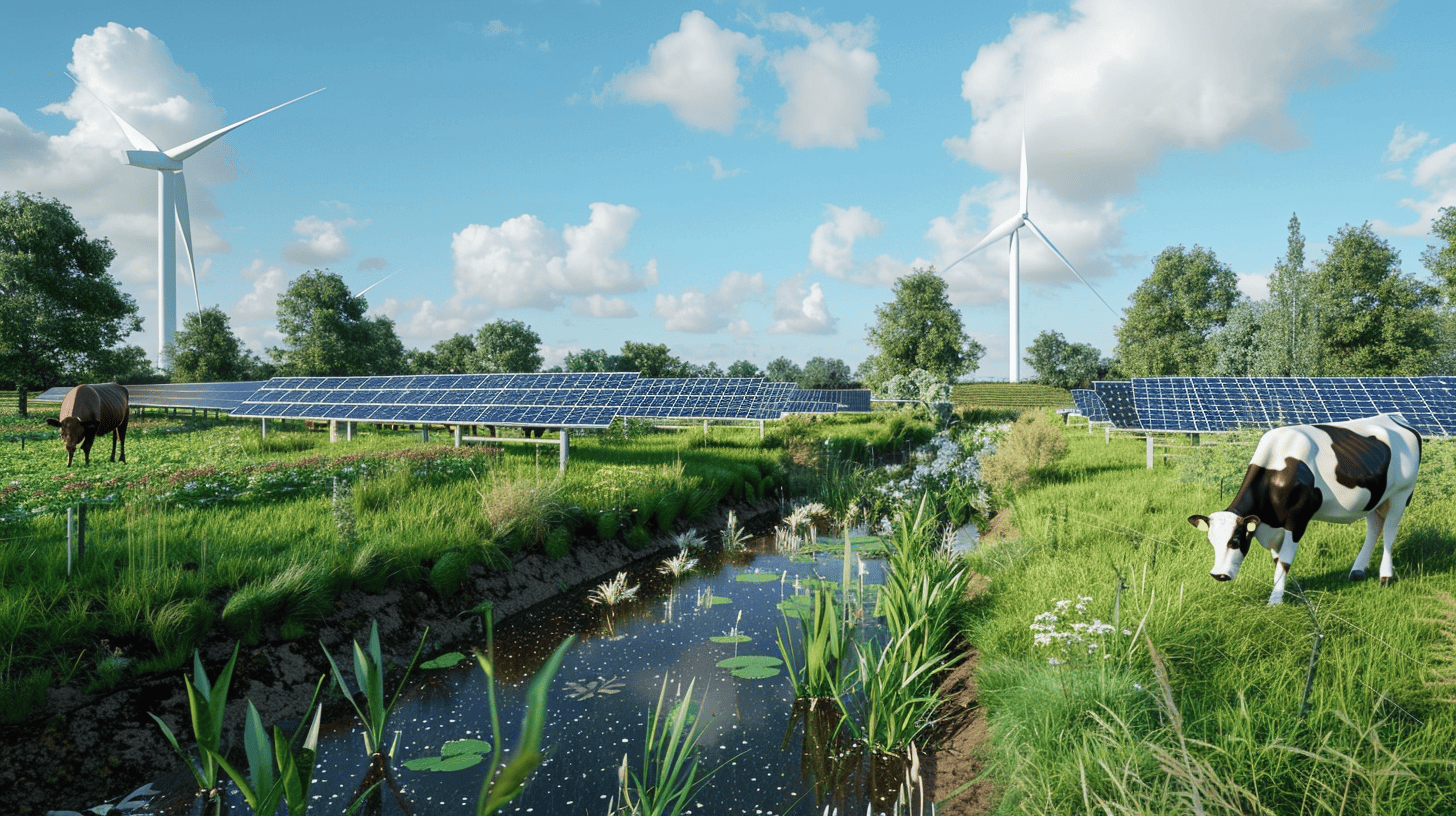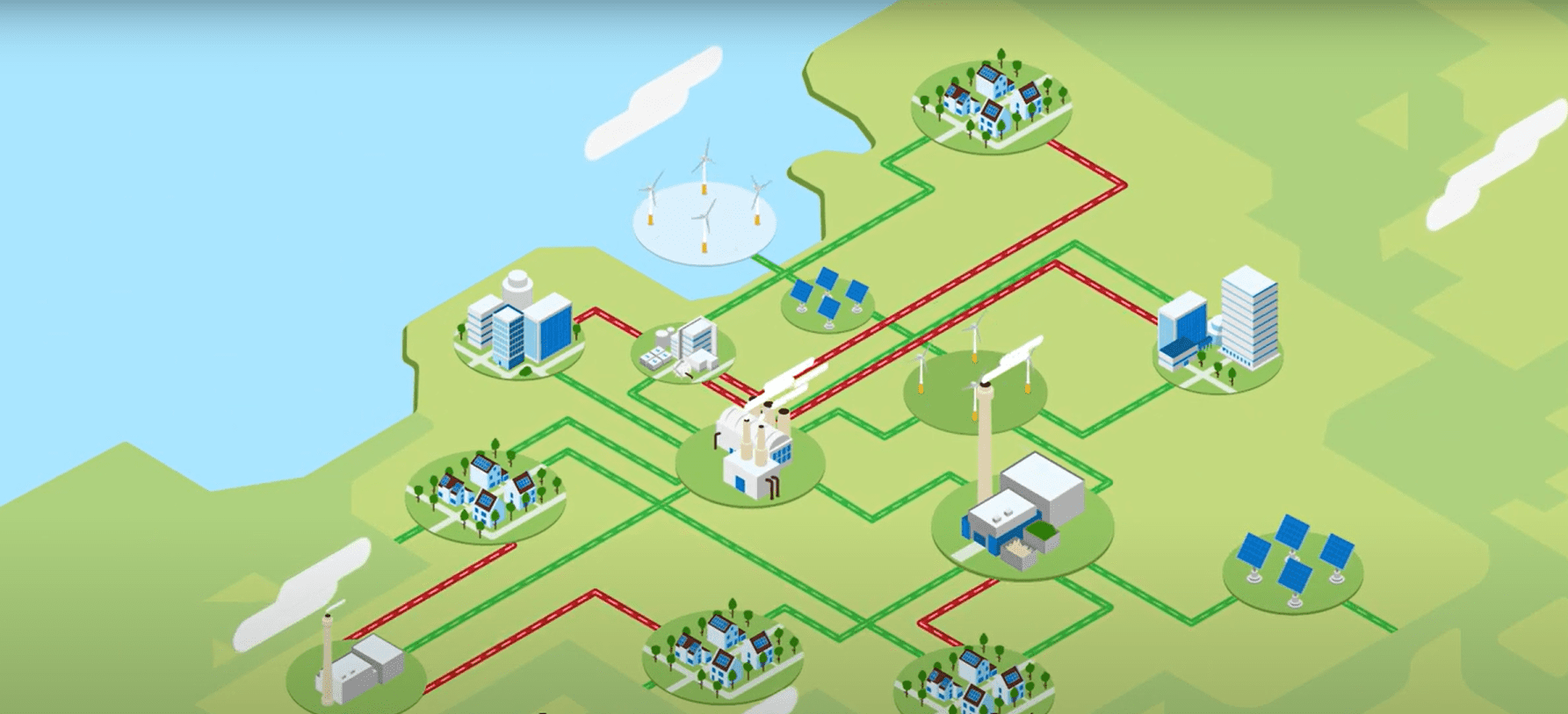
More and more Dutch people are arranging their energy supply locally. But if soon thirty percent of power will be generated locally, who will ensure that we are all still guaranteed energy at the national level?
From centralized to decentralized
The energy system in the Netherlands is centrally controlled. Until recently, all eight million households took their energy from a small number of suppliers. This will no longer be the case in the energy system of the future. More and more different, sustainable energy sources will play a role. Think solar panels, windmills, and the supply of residual heat from local sources. This makes the system more complex regarding supply and demand and predictability. It also demands more of our infrastructure and the space it requires.
The big question is how we can ensure that the system will be affordable, reliable, safe, and socially acceptable. It is precisely this question that the Holon consortium, a consortium of research and consulting organizations, wants to answer.
Two views

Mart van Bracht is director of program systems integration at Top Sector Energy, an accelerator of the energy transition. He is one of the initiators of the research project and noted that there are two conflicting views on how the energy system in the Netherlands should be regulated.
First is the current that believes there should be control by the central government. “They say: we are dealing with congestion, there is no direction, The Hague must intervene.” Opposed to this are companies and citizens who say, ‘We want to decide for ourselves where we buy and sell our energy and how we generate it. The government should not interfere with that.’
New Energy Act

Nienke Maas, senior consultant on renewable energy at TNO, sees more and more private initiatives popping up. “More and more people can generate energy in their neighborhood. If they can also store that energy, they have more opportunities to contribute to sustainability.”
In the Netherlands, the current Electricity Act prohibits local energy exchange. This is only allowed if you set up your own energy company, but that has a lot of problems. In many EU countries, however, neighborhoods are already allowed to exchange energy locally. “This way, you can offer surplus energy to your neighbor smartly.”
The legal aspect is essential to HOLON because the Netherlands is quite behind in legislation. The current Energy Act comes from 1998. A new law is still in the works, but it should become “the foundation of the energy transition,” according to the central government in this press release. The bill promises to give households and companies more opportunities to participate in the energy market actively.
Holons
The small-scale, private initiatives have the support of the European Union, Van Bracht knows. “In Brussels, they favor giving citizens more say in energy supply. Never mind that those two trends clash. One wants top-down, the other bottom-down. That’s when I started looking: can’t you reconcile them?”
During his research, Van Bracht came across the book “The Ghost and the Machine” by Hungarian philosopher Arthur Koestler. In the book, Koestler describes how a communist leader can give workers more governance without losing control. He introduces the concept of “holon”: something that is simultaneously a whole in itself but also part of a larger whole.
Van Bracht translated that concept to the energy system. “You create a group or entity that can and wants to regulate energy itself, and you responsibly delegate responsibilities. As the central government, you say: we’re not going to interfere in everything, but you have to adhere to certain preconditions. In this way, you can unite currents that seem opposed.”
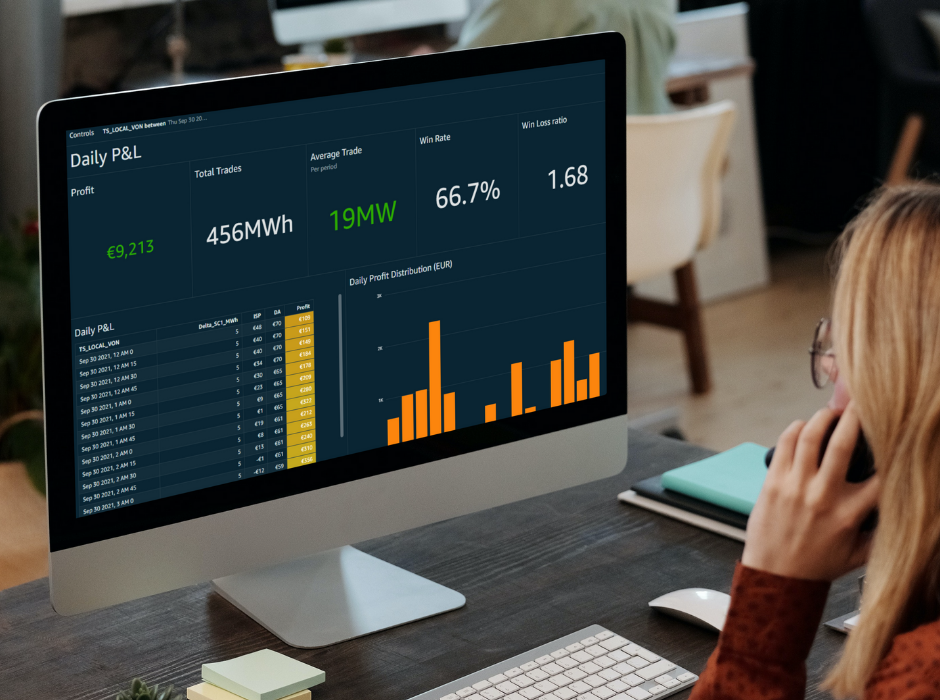
Semiautonomous energy system
The result is an energy system ordered according to a ‘holarchical’ system model in which autonomy exists within holons. For example, a holon at the lowest level is a residential house that maximizes locally available energy resources. It produces energy for its own use. It stores the surplus as heat or in a battery. The energy that remains can also be supplied to neighbors, or a holon at the scale level of a neighborhood or business park, for example.
A holon not only has energy as its input and output, but also data, so they can communicate with each other. All holons are connected to a smart-multicommodity grid: an intelligent infrastructure within which electricity, gas and heat can be exchanged.
Mutual agreements
The research project aims to develop a tool that provides insight into what happens in and between holons if the government allows the system to take its course and to what extent it does need to be regulated. “We want to investigate what is needed to accelerate the energy transition,” Maas explains.

“We are mapping what happens when there are lots of these holons that make agreements with each other. What effect does that have on the energy system? And what should be regulated?” adds Floor Alkemade. She is a professor of economics and governance of technological innovation at Eindhoven University of Technology (TU/e) and is involved in the project on behalf of the university.
The consortium explores models where you can “play” with the energy system. “You have to imagine that an official should eventually be able to say: if X percent of households start organizing themselves into energy communities, then that means Y for the energy system as a whole.”
Social support
Within this energy system of the future, social support is important, Alkemade emphasizes. “We come from a situation where the energy supply is relatively remote from the people. A power plant is never in the middle of a residential area. In the new situation, energy generation takes up much more space. Wind turbines, solar panels and charging stations are clearly visible. So it is important to create and maintain support.”
The process should be completed early next year, and this fall the consortium hopes to present the first research results. “Then we want to be able to show what the effects are on the national energy system if, for example, thirty percent of the business parks start to regulate their own energy supply,” Maas concludes.




